DescriptionI hope you do not get a headache.
Author: d33znu75
This weekend, I played in the AKASEC CTF and managed to solve the hardest miscellaneous challenge in the competition, which only six teams solved. As much as I want to call this challenge guessy, it really wasn’t after the author released two hints. Overall, I enjoyed this challenge because it taught me something new.
We have a file named National_Anthem_of_Palestine.wav, which is in WAVE audio format and is 1 minute 39 seconds long. When opened, it plays the national anthem.
It’s always good to check a file’s metadata when dealing with a steg challenge, as it can often contain hidden information or useful clues on where to go next.
red@b0x:~/ctfs/akasec/misc$ exiftool -a National_Anthem_of_Palestine.wav
Running exiftool didn’t yield any useful results back, so we should proceed with analyzing the file using programs such as Audacity and Sonic Visualizer. These tools offer more specialized functionalities for examining audio characteristics, such as viewing spectograms.

After opening the file in Audacity, we notice that towards the end, it emits some strange static noises which don’t make sense. This unusual audio pattern could be a possible clue.

When changing the view mode from waveform to spectrogram, we notice what appears to be a string embedded at the end of the spectrogram. However, it’s not clearly visible. To better look at it, we should consider using an alternative tool like Sonic Visualizer, which was mentioned before.
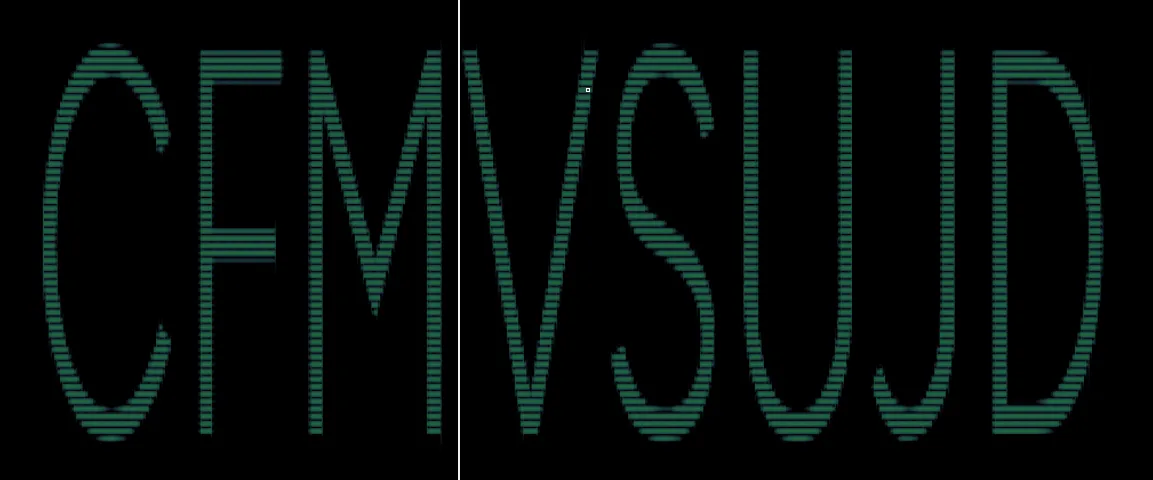
Following the same process as we would in audacity, but adding a few tweaks like expanding the spectogram channels and setting the Threshold to -68dB for a more clear view, we easily spot the readable string.
CFMVSUJD
Great, we found what seems like the password! However, being a casual CTF player, I went down the rabbit hole trying to figure out if this string was encoded in some weird way, such as ROT13 or other ciphers.
However, it seemed that the password wasn’t encoded in any way. My next educated guess was to try using this password with a tool called steghide to see if I could extract anything useful.
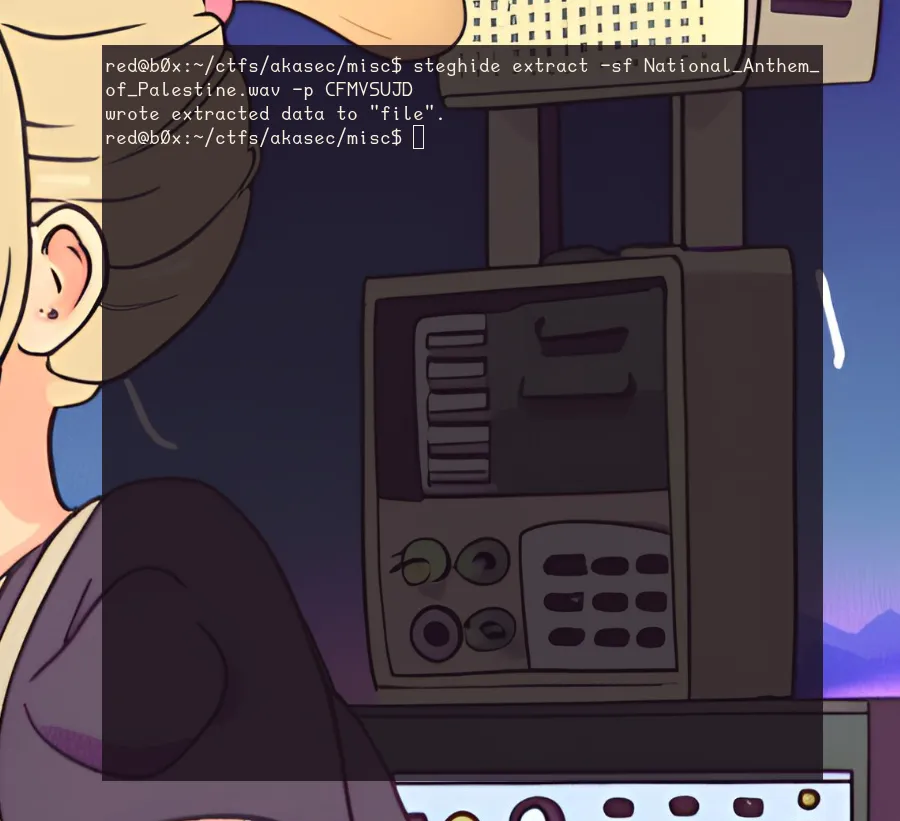
Steghide uncovered something interesting, yet when I ran the file command, it returned nothing, labeling the data as raw. However, upon running xxd file |head -c 70, I observed that the file’s endianness was swapped. Furthermore, this new file appears to be a wave file, indicating that we need to do some fixing ourselves.
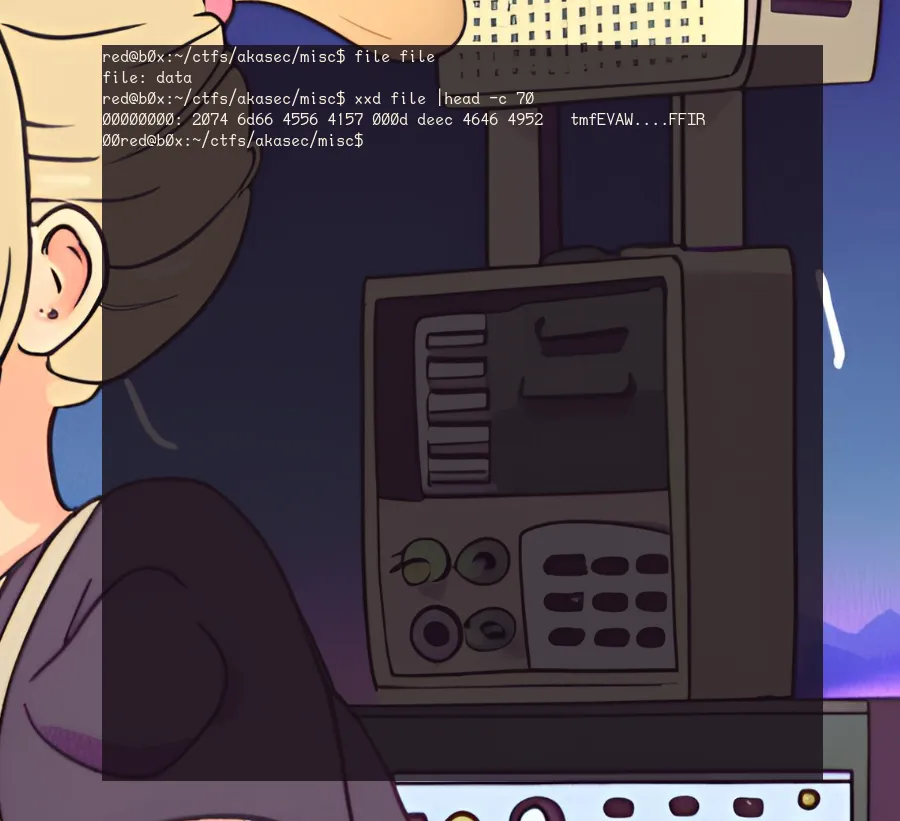
There’s two ways to go about this, one would be to write a quick python script to do the job for us. Another is to use cyberchef, which is more simpler and faster in my opinion.
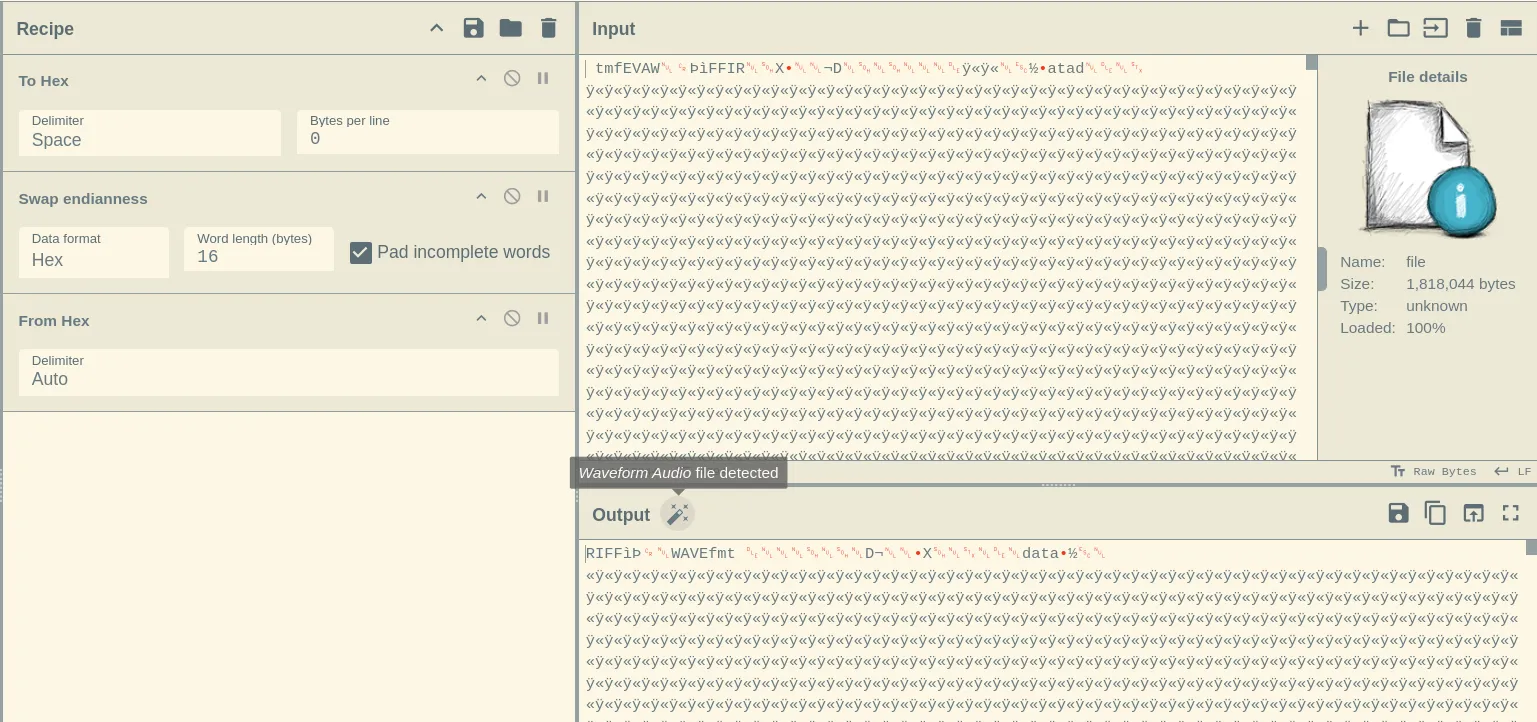
This is a quite simple recipe to deal with. We first open the file as input, convert it to hex, search for operation called Swap endianness —> set the Data format to hex and Word length to 16 bytes and finally do From hex with default options.
Here’s the recipe param for CC: To_Hex('Space',0)Swap_endianness('Hex',16,true)From_Hex('Auto')
As seen in the previous screenshot if everything was done correctly, cyberchef should identify this file as Waveform Audio. The next logical step would be to download it using the save icon in the middle right.
Once that is done we can follow the same steps as we did before, getting simple information about this file we know that, it’s way smaller than the previous one. As well as, it’s clear on what’s its doing this time, there appears to be a voice saying Here's a flag followed by very high and disturbing sounds.
Here goes the spectogram.
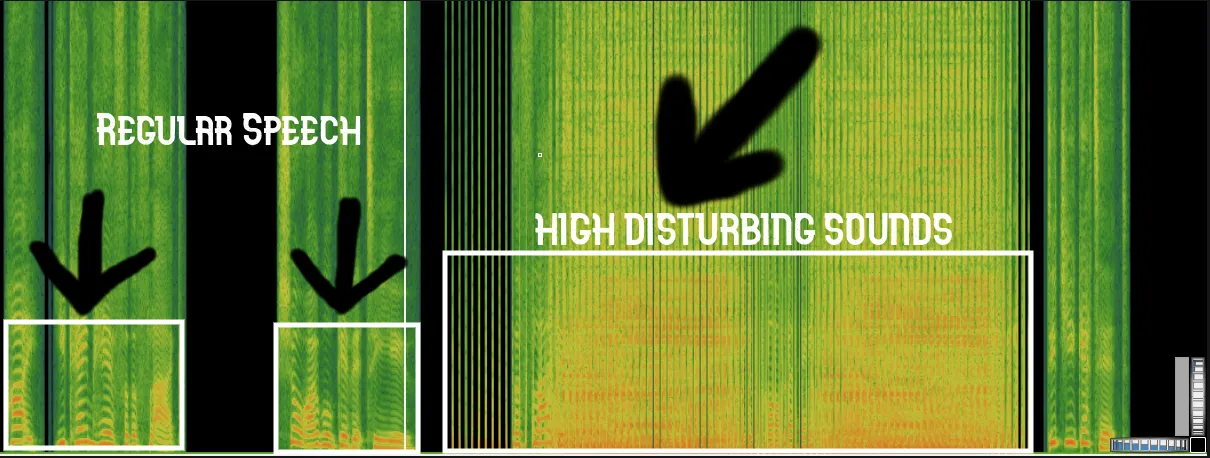
Once I reached this stage, my initial plan was to integrate a low-pass filter and adjust the decibels during high noise levels to suppress them somewhat. Some progress was made; I even managed to extract the phrase “Here’s the Flag: AKASEC” from the audio. However, disaster struck again and again. This part of the challenge felt like hell as I tried mutltiple simultaneous approaches, ranging from basic strings commands to 400-line demodulation scripts.
Though, a few hours later a new hint has been released for this challenge, which helped me quite a lot xD.
HintThis is a steganography challenge. In the voice audio, the flag hidden in the corrupted part and you must SEE it (it is the reason why it is corrupted). Switch it, a tool is needed.
Key word there is SEE, but how is the real question here. Trying out tool’s like foremost and binwalk -dd doesen’t give anything, no pngs or jpgs. As mentioned previously this is the harder part of the challenge.
I have found 2 ways to solve this challenge, intended and unintended.
Unintended Solution
This way forces us to visualize raw data with a popular tool called GIMP and manually brute-force offsets until the flag becomes visible, this method can get very time consuming and cause a lot of frustration.
Only thing to do here is, change the extension of the file we got from cyberchef from .wav to .data, open gimp and load it as raw data, from there it’s just patience.
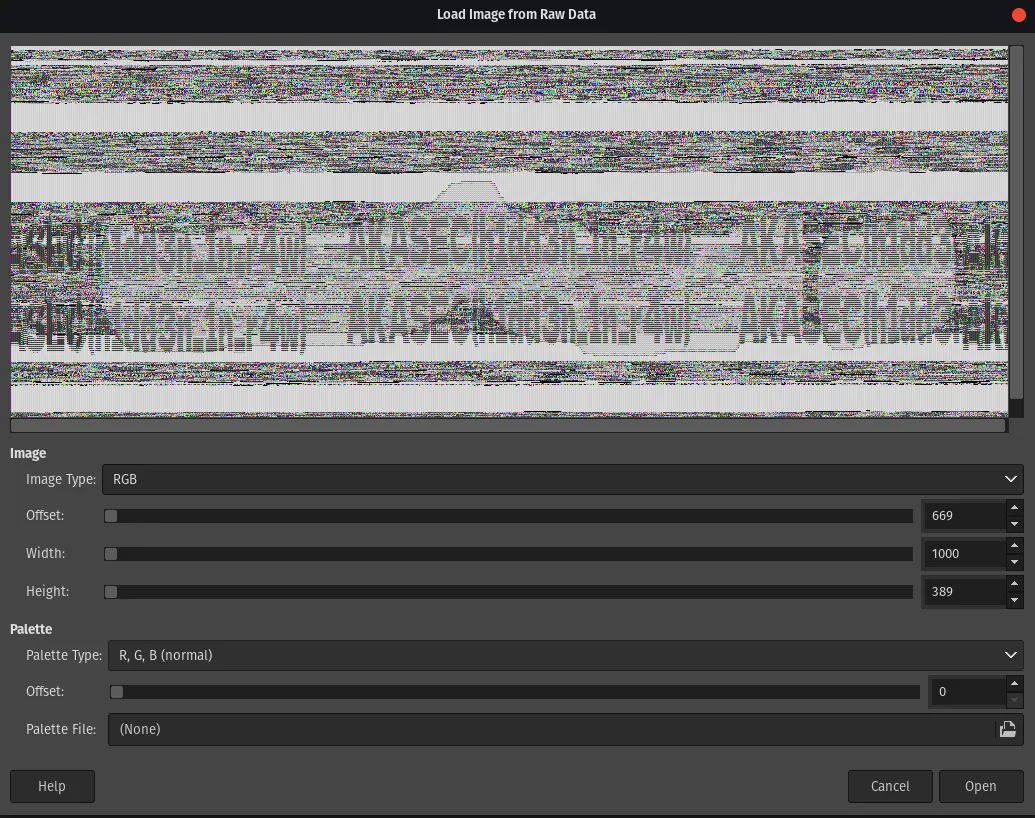
Intended Solution
By far easier way to go on solving this challenge, by doing a simple google search “wav2png”. First result that pops out is a website which will automatically convert waveform to png, without having to guess offsets xD!
https://directmusic.me/wav2png/
(shoutout to suvoni for finding this tool)
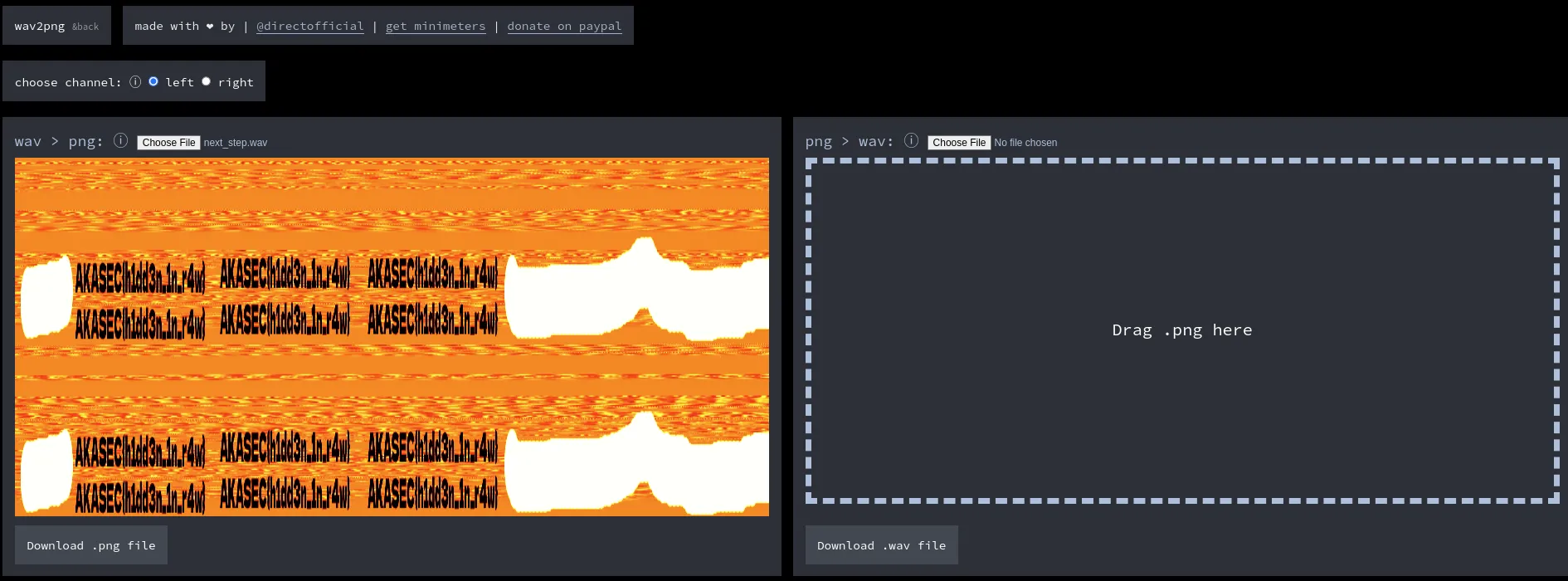
FLAG
AKASEC{h1dd3n_1n_r4w}
Thanks for reading this write-up! I hope you learned something new, because I sure did. This CTF was well organized with diverse challenge categories, great admins and high quality challs. Looking forward to next year 👀
Stoked to come in 🥇1st place with my team!
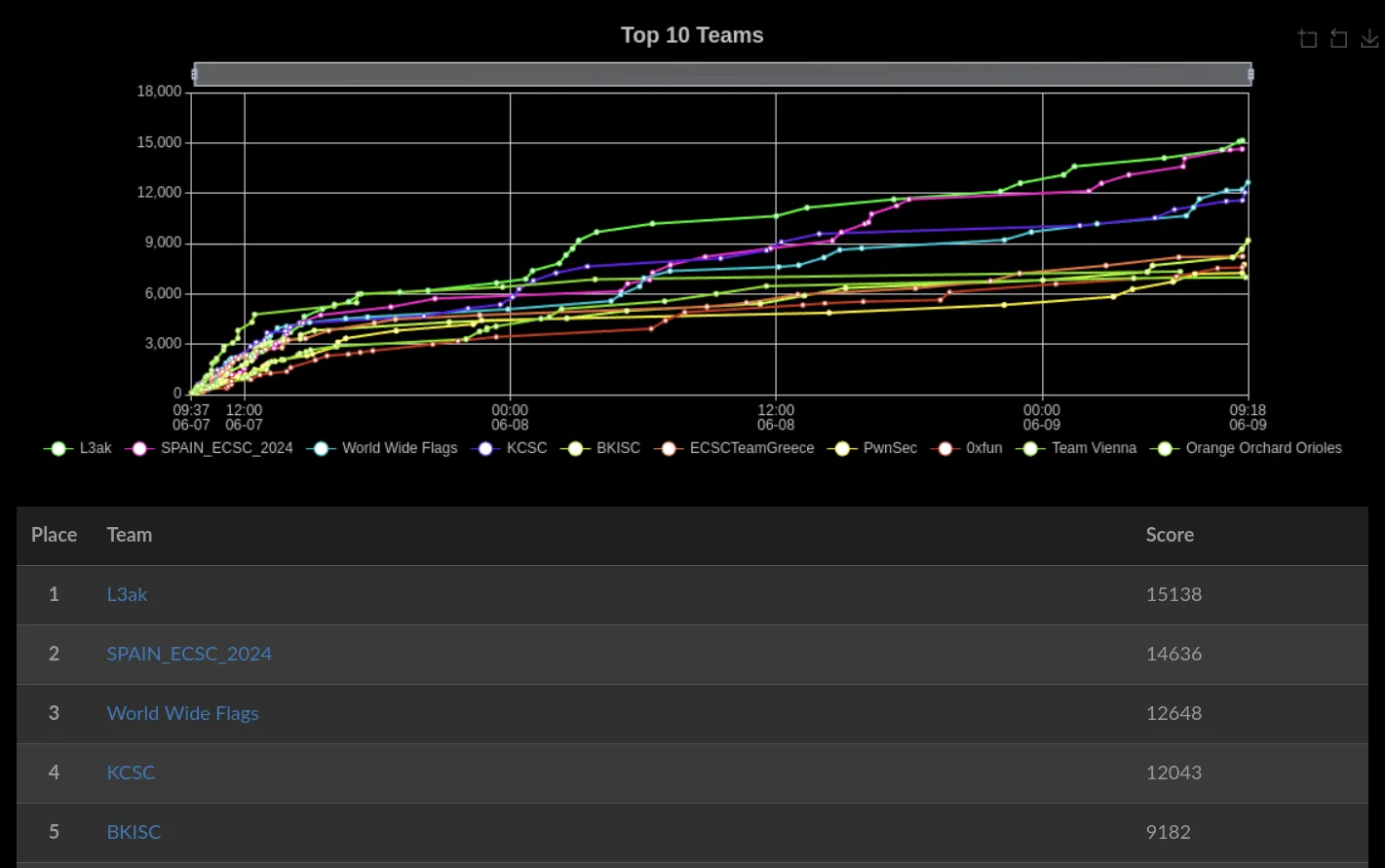
Till next time~

